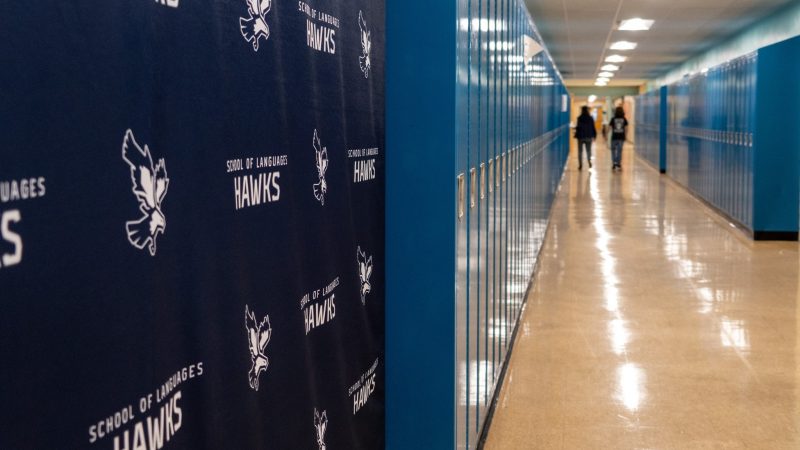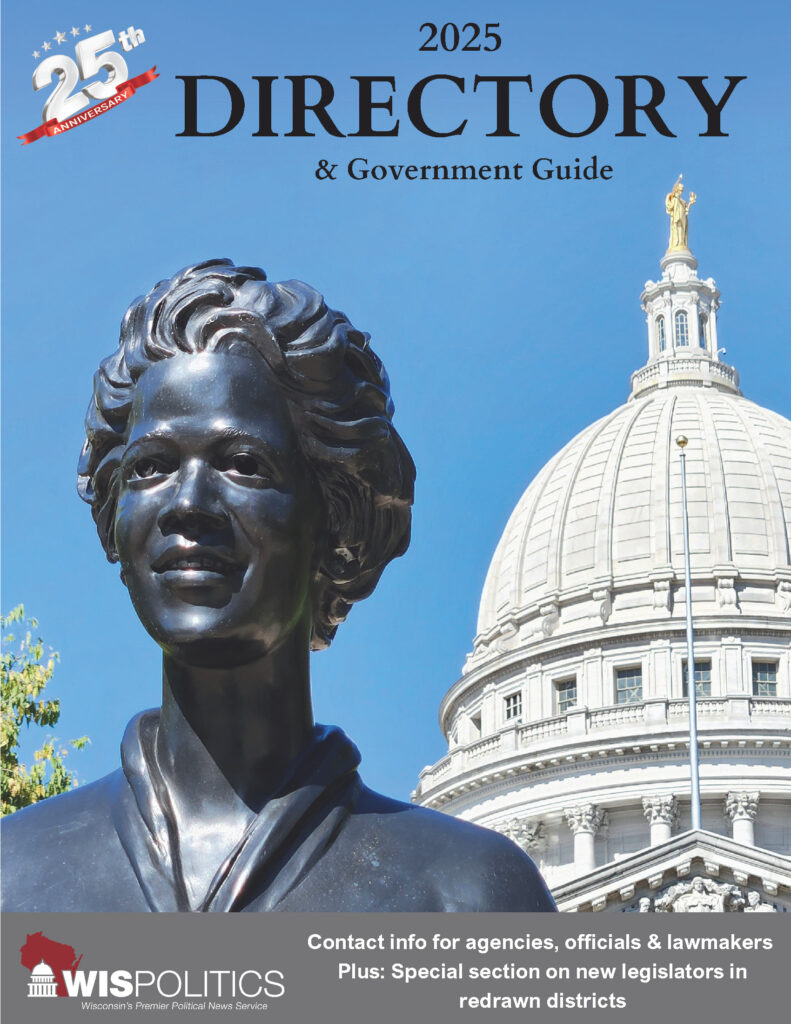Big racial and economic disparities in students’ English Language Arts and math scores continued in the 2024-25 school year, according to new statewide test results from DPI. State Superintendent Jill Underly in a statement on the data said test scores “are only one piece of the puzzle.” “Our students, educators, and schools are facing growing challenges — from mental health struggles to economic ...
Please log in to access subscriber content.
If you don't have a subscription, please contact schmies@wispolitics.com for subscription options on the WisPolitics-State Affairs platform, which is the new home for WisPolitics subscriber products.



